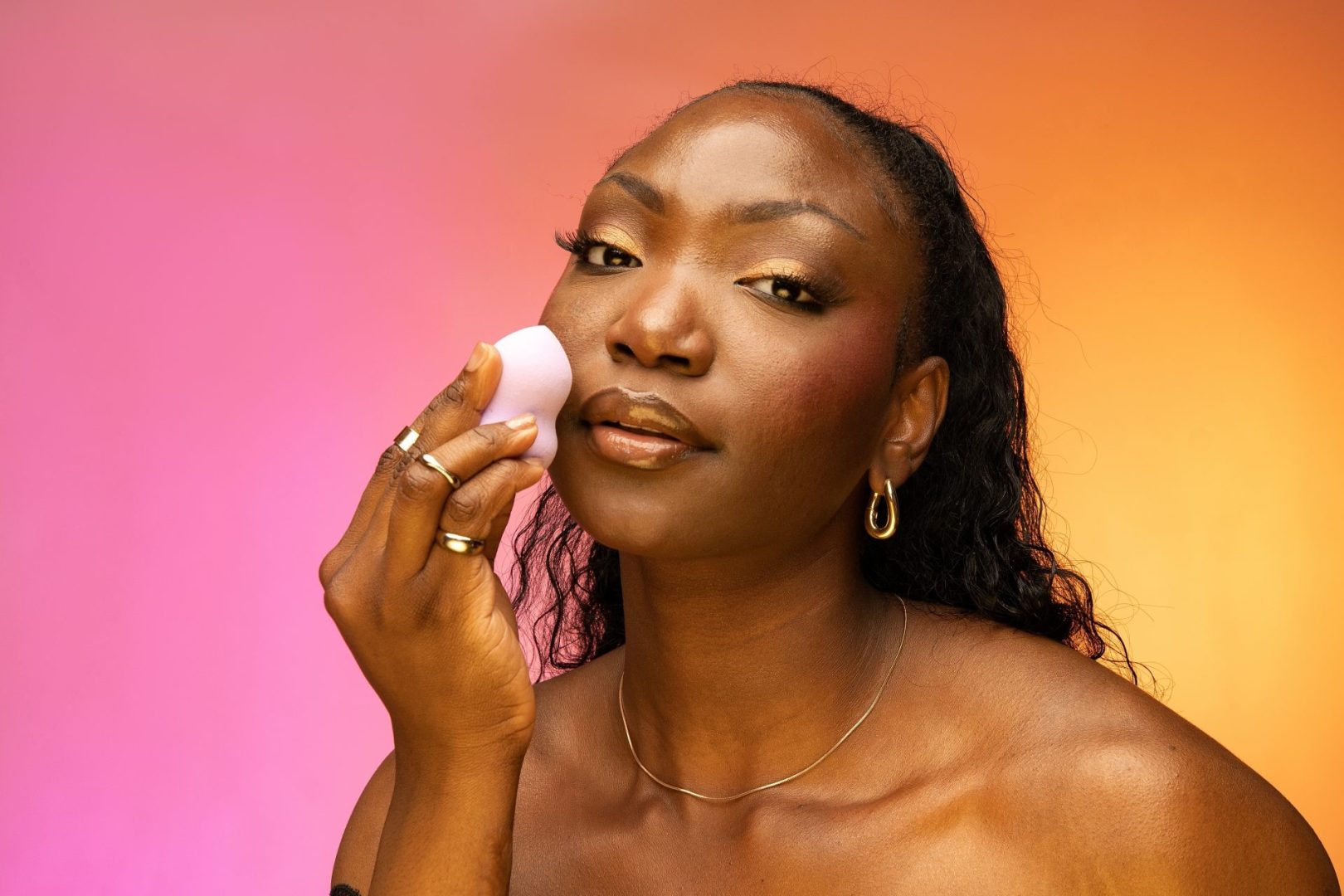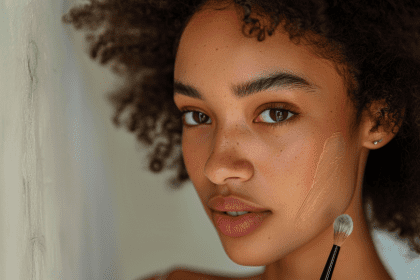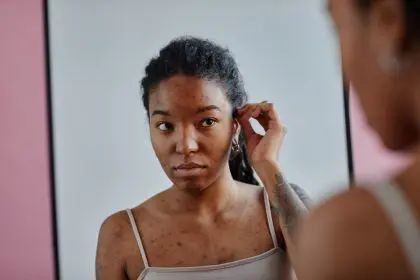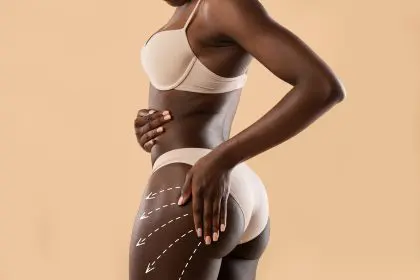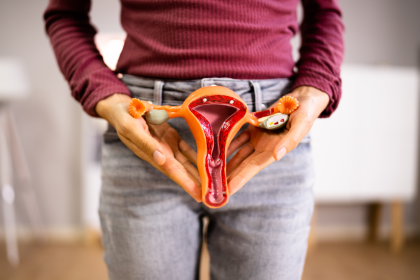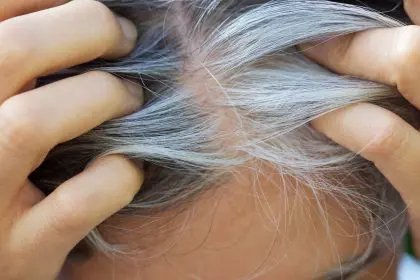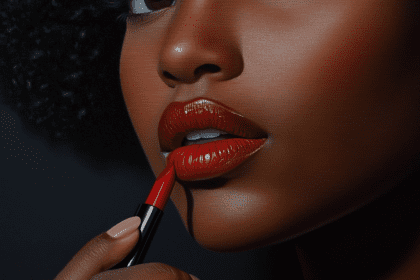Your skin breaks out right before your period, gets oily mid-cycle, and feels dry at random times throughout the month. If you’ve been treating these changes as annoying surprises, you’re missing a huge opportunity to work with your body instead of against it.
Understanding why your beauty routine should change with your cycle can transform your skin and hair health by aligning your care with your body’s natural hormonal rhythms.
How hormones affect your skin throughout the month
Your menstrual cycle creates predictable changes in estrogen, progesterone, and testosterone levels that directly impact your skin’s oil production, thickness, sensitivity, and healing ability. These aren’t random fluctuations — they follow a pattern you can anticipate and prepare for.
During the first half of your cycle, rising estrogen levels increase collagen production and skin thickness, giving you that natural glow. But as progesterone rises in the second half, oil production increases and pores can become clogged, leading to breakouts.
Testosterone levels also fluctuate throughout your cycle, peaking around ovulation and again before your period, contributing to increased oil production and potential acne flare-ups.
Week 1: Menstruation — gentle recovery mode
During your period, hormone levels are at their lowest, making your skin more sensitive and prone to irritation. Your pain tolerance is also lower, so aggressive treatments will feel worse than usual.
This is the time to simplify your routine and focus on gentle, nourishing products. Use a mild cleanser, skip active ingredients like retinoids or acids, and focus on hydrating and soothing your skin.
Your skin barrier is also more fragile during this time, so avoid trying new products or harsh treatments that could cause irritation.
Week 2: Follicular phase — your skin’s golden time
As estrogen rises after your period, your skin enters its best phase. Collagen production increases, skin becomes thicker and more resilient, and you naturally develop that coveted glow.
This is the perfect time to try new skincare products, book facial treatments, or use more intensive active ingredients. Your skin can handle exfoliation, retinoids, and other treatments that might be too harsh at other times.
Take advantage of this hormonal boost by using vitamin C serums, gentle chemical exfoliants, and treatments that support your skin’s natural radiance.
Week 3: Ovulation — oil production begins
Around ovulation, testosterone peaks, leading to increased oil production. You might notice your skin becoming shinier, especially in your T-zone. This is when you should start adjusting your routine to manage the extra oil.
Introduce oil-controlling products like salicylic acid cleansers or clay masks. You might need to wash your face more frequently or use blotting papers throughout the day.
Your skin is still relatively resilient during this phase, so you can maintain most of your active ingredients while adding oil-control measures.
Week 4: Luteal phase — breakout prevention mode
The week before your period is when progesterone dominates, significantly increasing oil production and making pores more likely to clog. This is when most people experience premenstrual breakouts.
Focus on deep cleaning and pore-clearing ingredients like salicylic acid or benzoyl peroxide. Consider adding a clay mask or pore strips to your routine to prevent clogged pores from becoming full breakouts.
Be proactive rather than reactive — start your breakout-prevention routine before you see pimples appearing.
Hair changes with your cycle too
Your hair also responds to hormonal fluctuations throughout your cycle. During the first half of your cycle, when estrogen is rising, your hair often looks shinier and feels stronger. This is the best time for chemical treatments, cuts, or styling experiments.
As progesterone rises in the second half of your cycle, your scalp produces more oil, which can make your hair look greasy faster. You might need to wash your hair more frequently or use dry shampoo between washes.
Tracking your patterns
Start tracking your skin and hair changes alongside your cycle for 2-3 months to identify your personal patterns. Everyone’s hormonal fluctuations are slightly different, so your optimal routine timing might vary from the general guidelines.
Use a period tracking app or simple calendar to note when you experience breakouts, oily skin, sensitivity, or hair changes. This data will help you predict and prepare for these changes.
Products to rotate throughout your cycle
Build a collection of products you can rotate based on your cycle phase rather than using the same routine every day. This might include gentle cleansers for sensitive weeks, oil-control products for high-testosterone phases, and intensive treatments for your skin’s resilient weeks.
Having options allows you to respond to your skin’s changing needs without completely overhauling your routine every week.
When to ignore the rules
If you have hormonal conditions like PCOS, thyroid disorders, or are on hormonal birth control, your patterns might be different or less predictable. In these cases, focus on consistency and gentleness rather than trying to sync with irregular cycles.
Bottom line? Your beauty routine should change with your cycle because your hormones create predictable patterns in your skin and hair that require different care approaches. By working with these natural rhythms instead of against them, you can achieve better results while developing a deeper understanding of your body’s needs.

